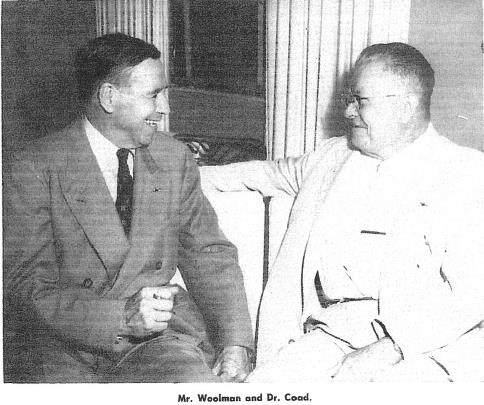Bert R. Coad -
Submitted for the USGenWeb by James Hoogerwerf 11/8/2011
USGenWeb NOTICE: All
documents placed in the USGenWeb remain the
property of the contributors, who retain publication rights in accordance with
US Copyright Laws and Regulations.
In keeping with our
policy of providing free information on the Internet, these documents may be
used by anyone for their personal research. They may be used by non-commercial
entities, when written permission is obtained from the contributor, so long as
all notices and submitter information are included.
These electronic
pages may NOT be reproduced in any format for profit.
Any other use,
including copying files to other sites, requires permission from the
contributors PRIOR to uploading to the other sites.
********************************************************************************************************************************************************************************************************
Copyright. All rights reserved.
********************************************************************************************************************************************************************************************************
Bert R. Coad -
Madison Parish, Louisiana
From The Delta
Airlines Delta Digest April 1966
 The death in February of Dr. Bert Coad
was a difficult loss to the world of agriculture, and in particular, to the
world of agricultural aviation. Dr. Coad was a Delta pioneer who never ceased
to be an explorer throughout his life. He was one of those very remarkable
people who scoffed at insurmountable problems and was satisfied only with their
solution. He had little patience with ceremony. When airplanes were the
unusual, Dr. Goad had formulated ideas for their practical use toward the
betterment of men. The airplane he thought, in many instances could be the end
of crop-destroying insects. This he proved by his pioneer work at the cotton
insect experiment station at Tallulah, La.
The death in February of Dr. Bert Coad
was a difficult loss to the world of agriculture, and in particular, to the
world of agricultural aviation. Dr. Coad was a Delta pioneer who never ceased
to be an explorer throughout his life. He was one of those very remarkable
people who scoffed at insurmountable problems and was satisfied only with their
solution. He had little patience with ceremony. When airplanes were the
unusual, Dr. Goad had formulated ideas for their practical use toward the
betterment of men. The airplane he thought, in many instances could be the end
of crop-destroying insects. This he proved by his pioneer work at the cotton
insect experiment station at Tallulah, La.
Dr. Coad was a native
of southern Illinois. He graduated from the University of that state with a degree in entomology. He joined the U. S. Department
of Entomology and was soon sent to its station at Tallulah, Louisiana. Tallulah
is located in the flatlands near the Mississippi River, in the heart of the
delta country. The doctor walked into a life and death struggle which was being
waged by farmers and planters against the dread boll weevil. The weevil, a
quarter inch long, grey cotton destroyer, had come across the Rio Grande from
Mexico and was in the process of ruining the southern cotton industry. Dr. Goad
was instrumental in halting the weevil's onslaught.
The doctor was an
enthusiastic supporter of the infant Huff-Daland dusting
company, 18 bi-wing airplanes based at Monroe, 52 miles across the cotton
fields to the west. Later, his enthusiasm and kinship with the growing agricultural
aviation industry culminated in his association with the company which by then
was called "Delta Air Service." Through the years, he headed Delta's
thriving agricultural division.
Of Dr. Coad, Mr. Woolman says, "He was a giant of a man whose visions
went beyond horizons. He believed nothing was impossible. He was a devoted
friend."
NOTE: C. E. Woolman
was Chairman of the Board of Delta Airlines when the photo above was taken. RPS
.